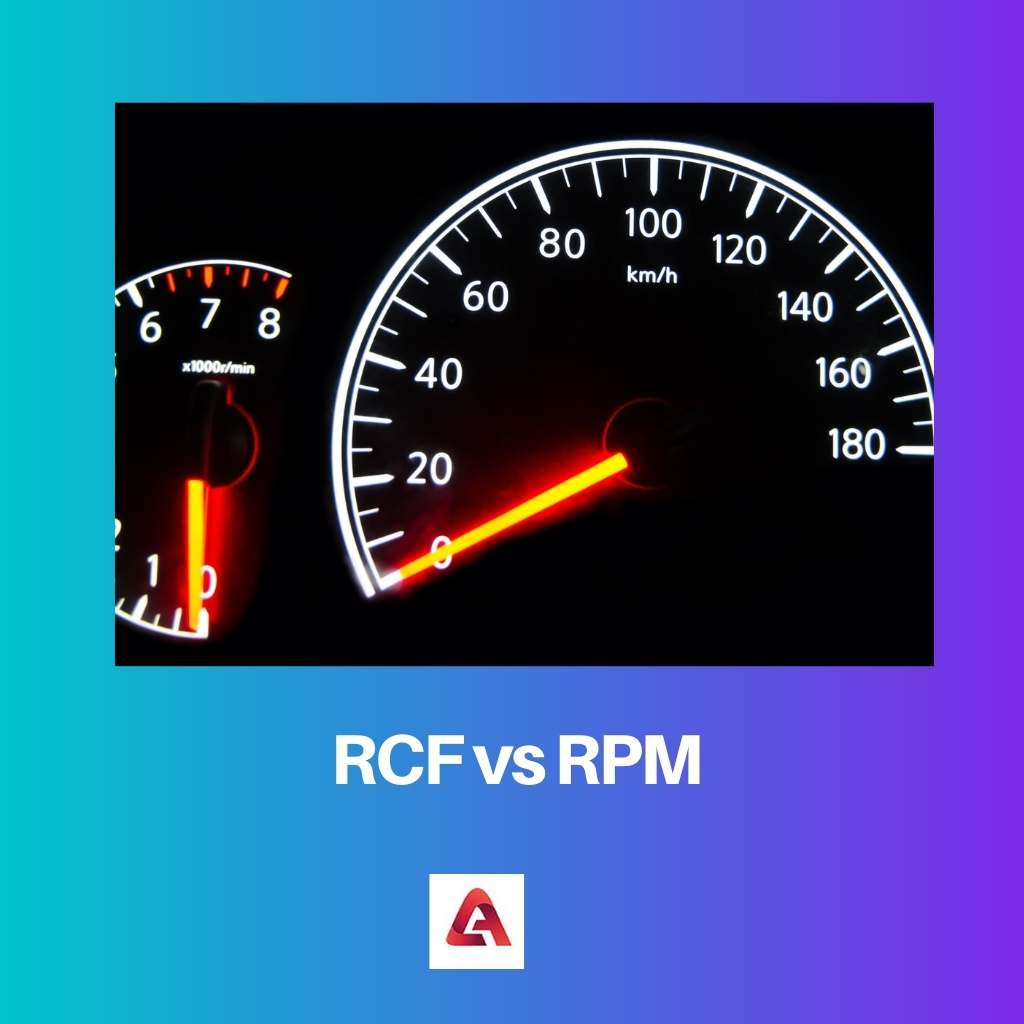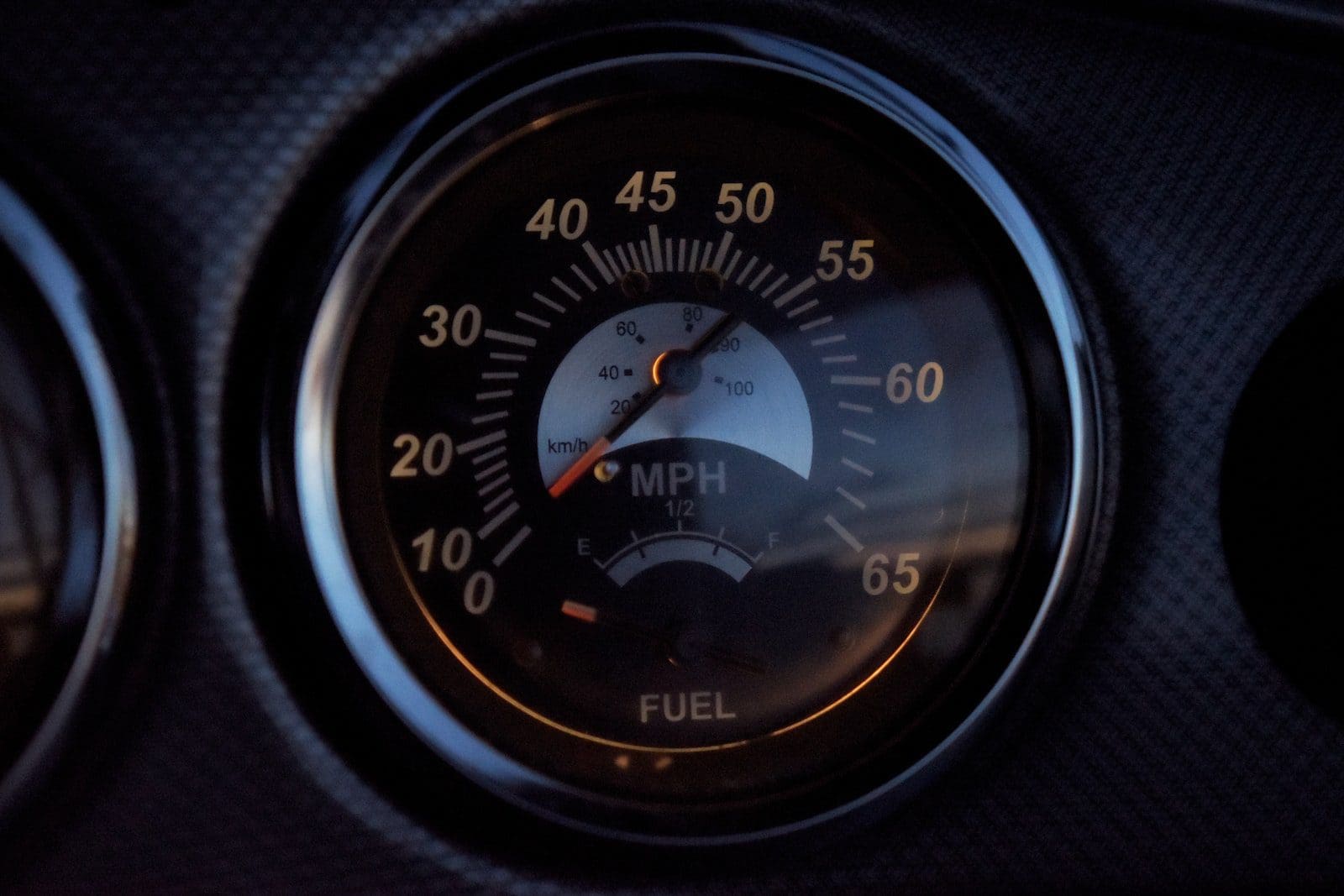In a centrifugal process, RCF refers to the force amount on the sample in a centrifuge. RPM describes the rapidity of the centrifuge. An RCF is related to the force of the earth’s gravity, or g -force. It depends on the RPM. Both RCF and RPM are two different units of measuring the centrifugal process. Both of them are related to the measurements of centrifuge, but they are different from each other.
Key Takeaways
- RCF (Relative Centrifugal Force) measures the force exerted on samples during centrifugation, facilitating the comparison of results between different centrifuges.
- RPM (Revolutions Per Minute) indicates the rotational speed of the centrifuge, which impacts the separation efficiency and duration.
- To ensure consistent results, researchers must convert RPM values to RCF when comparing or transferring experiments across centrifuges with different rotor sizes or configurations.
RCF vs RPM
The difference between an RCF and an RPM is that RCF represents relative centrifugal force. On the other hand, RPM is used for measuring revolution per minute. RPM is the measurement of the exerted force by a rotor due to its rotation. While RPM describes the speed of the rotor created by its revolution.

RCF stands for relative centrifugal force, which is used to measure the force of a rotor. RCF is better known as g force. It indicates the force from a spinning action in the centrifuge. It can be calculated using RPM. The information on centrifugation should be stated either in RCF or g -force.
RPM describes the revolution per minute, and it is the measurement of the fastness of a centrifugal rotation. It stands for the speed of the rotor. RPM doesn’t provide any force-related data on a rotor. It is only related to the speed at which the rotor spins around in the centrifuge. Some of the centrifugation protocols provide instructions in RPM, not in RCF.
Comparison Table
| Parameters of Comparison | RCF | RPM |
|---|---|---|
| Definition | RCF refers to the measurement of the force exerted on the sample in the centrifuge. | RPM describes the fastness in the revolution of a rotor. |
| Stands for | It stands for Relative Centrifugal Force (g- Force) | It stands for Revolution Per Minute. |
| Measurement | To measure the gravitational force of a spinning rotor. | To measure the rotational speed of a moving rotor. |
| Calculation | RCF =1.1118× 10 – 5×r×N2 | RPM = V[RCF/( r×1.118)]×1,000 |
| What is it | RCF is a measuring unit. | It is not just a unit, it is the measurement of a frequency. |
| Usefulness | RCF is more beneficial in a centrifugal process. | RPM is less useful than the RCF. |
What is an RCF?
RCF indicates the force applied to an element in a spinning atmosphere in a centrifugal process. RCF stands for relative centrifugal force and is calculated by multiplying gravitation by force. It’s also known as g-force. Centrifuge manufacturers always publish their information in their instructions manual related to centrifuge for their rotors.
Relative centrifugal force, or RCF, is the unit of measuring the amount of the force of acceleration applied to a sample in a centrifuge. RCF is expressed as units of gravity, and it is the measurement of gravitational force generated from the spinning of a rotor. RCF can be calculated using RPM and the dimensions of the centrifuge rotor.
RCF or g force are both used in centrifugation protocols interchangeably. It describes how widely and fastly the rotor is moving. To find the maximum RCF of a rotor, it is necessary to know its maximum speed and its radius. It is equally important to know the distance from the rotation centre to the bottom of the rotor during centrifugation. The equation for calculating RCF is RCF= 11.2×r(RPM/ 1000)². Some centrifugation protocols provide instructions in RPM, not in RCF.
What is an RPM?
In a centrifugal process, RPM stands for Revolution Per Minute. It is the angular speed of the engine in revolutions per minute. It refers to the number of times a rotating object has rotated. The speed of the object or the frequency of revolution is calculated in miles per hour or metres per second.
The higher the RPM, the quicker the data access method will be. Furthermore, if a whirling item’s RPM is 100, the rotor or thing executes 100 revolutions around a fixed axis in one minute. This unit of measurement tells us how fast the rotor is spinning. A high-speed centrifuge can spin up to 15000 RPM. Additionally, most centrifuges have settings for only RPM.
RPM doesn’t give any force-related data exerted by the rotor. The force amount of the rotor varies according to the type of motor size. If your method details are in RPM and you use a different size centrifuge, you should convert it to RCF. RPM is also used to measure the access time on a computer hard disk drive and counts the revolutions of the computer hard disk drive.

Main Differences Between an RCF and an RPM
- RCF stands for Relative Centrifugal Force. On the other hand, RPM stands for Revolution Per Minute.
- RCF is known as g force, and it’s a measuring unit. On the other hand, RPM is the measurement of frequency.
- RCF refers to the gravitational force of a spinning rotor. On the other hand, RPM refers to the revolutionary speed of a spinning rotor.
- Benchtop centrifuges are sold in the market with RPM instructions in them instead of RCF.
- According to the rotor size, RCF may differ. While revolution per minute stays the same.
- RPM is important to calculate RCF.



